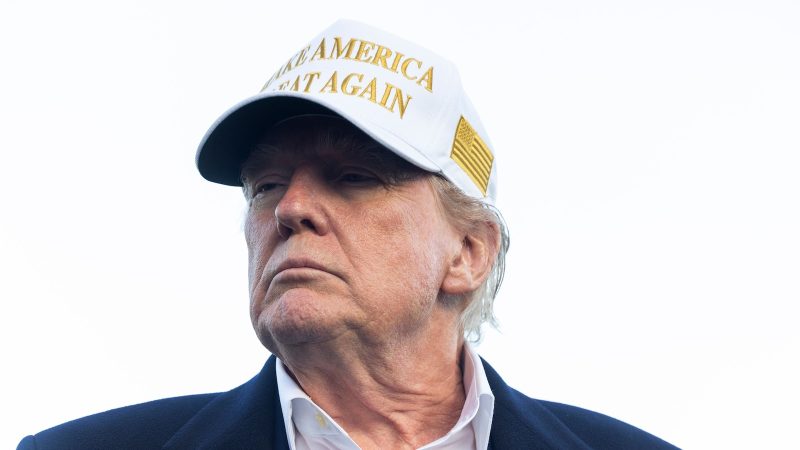
President Donald Trump’s second 100 days in office have been a whirlwind of executive actions, aiming to reshape the federal government, advance his cultural agenda, and settle old scores. Unlike his first term, this time he’s surrounded by a team adept at implementing his vision, often pushing the boundaries of legal and ethical norms.
His administration has employed tactics like clawing back federal funding, revoking security clearances and visas, and testing the limits of court orders. Trump himself has even floated legally dubious proposals, like sending Americans to foreign prisons, while hinting at methods for securing a third term. These actions, while bold, haven’t translated into increased popularity.
Despite the economy and inflation being pivotal issues in his re-election, his promises of economic prosperity haven’t materialized. A recent ABC News/Washington Post/Ipsos poll revealed widespread economic anxiety, with a significant majority fearing a recession under his policies. The same poll showed that Trump boasts the lowest 100-day approval rating in 80 years, a stark contrast to his previous term.
This ‘Trump 2.0’ operates unconstrained by political convention, seemingly impervious to public opinion, Republican dissent, and market volatility. This poses a considerable political liability for the Republican Party, especially those in vulnerable districts and swing states. Town halls hosted by Republican lawmakers have become tense affairs, characterized by heated exchanges and audience disruptions, highlighting the growing discontent within the party.
Meanwhile, special elections have favored Democrats, further suggesting a shift in momentum. While many Trump supporters remain steadfast in their loyalty, the question remains whether they will maintain the same level of engagement without him at the top of the ticket. The Democratic Party, too, is grappling with its own uncertainties. Internal divisions are apparent, with some advocating for a more moderate approach to appeal to a wider range of voters, while others push for a more aggressive stance against the Republicans.
The party is also grappling with how to effectively communicate with and engage voters. Figures like California Governor Gavin Newsom have attempted to bridge divides by engaging with conservative figures and voices, while other Democrats have sought to emphasize a more combative approach. This internal struggle highlights the ongoing soul-searching within the Democratic Party as it navigates the post-election landscape and looks to the future.
Ultimately, Trump’s second 100 days have served as a defining moment, not only for his presidency but also for the future of both the Republican and Democratic parties. The political landscape remains fluid, with the path forward for both parties still very much uncertain.










